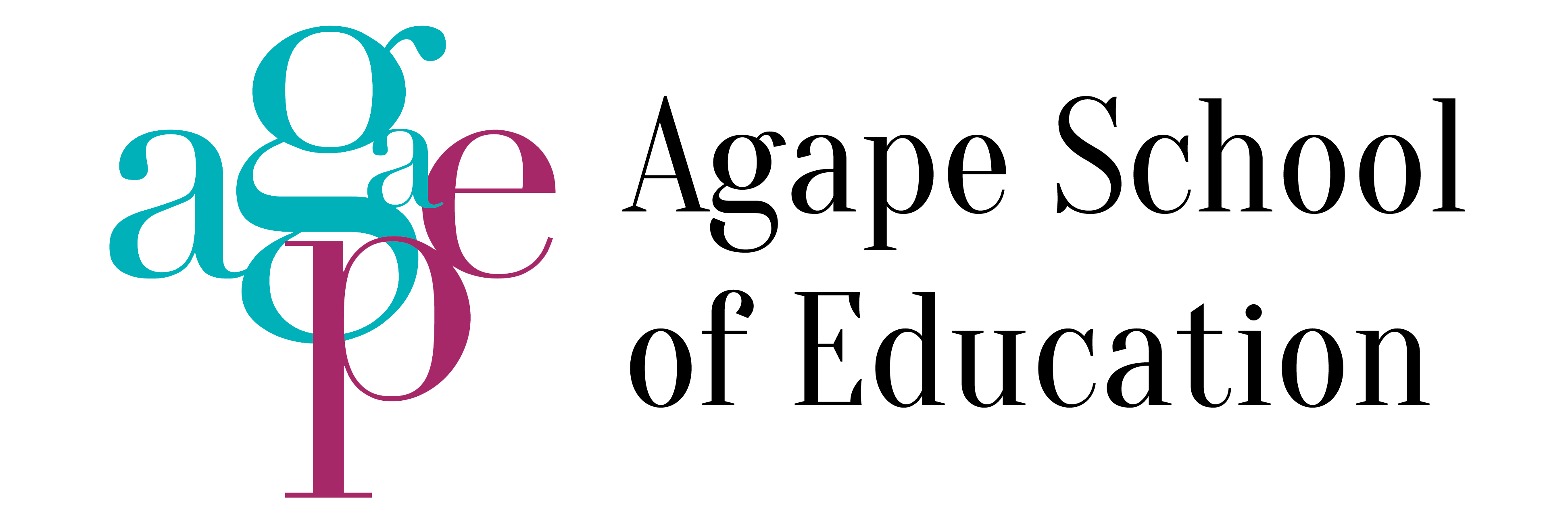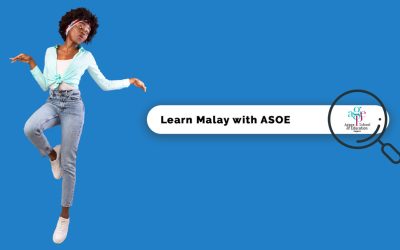Most people would agree on the absolute necessity of learning a foreign language in today’s society. But what is the most adequate and most effective way to do it? This is where things get a little bit more complicated. Different answers to this question have guided the various methods employed in the language classrooms throughout the years.
Singapore implemented mandatory second language education in 1966 and in 2011, the Lee Kuan Yew Fund for Bilingualism was implemented to help the Ministry of Education bolster the education of the English and Mother Tongue languages. Therefore, most, if not all Singaporeans are taught to be bilingual. “Taught” is the key word here, because most likely, at the time, you used to complain about the fact that, in spite of hours and hours of study, in the end, you could not use the language at all.
Well, it is time for you to know that this was not your fault. It was the consequence of a traditional approach to language teaching with an enormous emphasis on grammar. At the time, it was thought that the grammatical rules of a language were its most important aspect. Consequently, students were forced to memorize hundreds of verb tenses and word lists. But they were never taught to use the language.
The writing and reading skills were also given precedence under the traditional method in detriment of the listening and speaking ones. As a result, the overall communicative competence of the students was very poor. Think about this: after several years of studying, let’s say, Spanish, were you able to follow a film or a television program in that language? Did you feel comfortable speaking Spanish? Or did you panic at the thought of having to travel and encountering native speakers? This is what having a poor communicative competence means, and it is typical of traditional students.
Later on, you may have decided to attend a language school. There you probably found a radically different approach: you spent hours and hours repeating sentences after the teacher, without even knowing how they were spelt or what the individual words meant. You were told that this was not necessary.
That communicating was the important thing. Most likely the motto of the school was that learning a second language was as easy as learning your native one. This is a typical example of the audio-lingual method, a response to the traditional one. Speaking and listening are the skills stressed here, so students almost never write or read. Unfortunately, most of the conversations drilled are not even near to a real conversation with a native speaker. When you as a student are old enough to understand this, it will be almost impossible to be motivated, and who can blame you?
You’ve probably guessed by now that the most comprehensive method to learn a foreign language should be a combination of traditional with new techniques. This approach would try to pay equal attention to and combine the four different skills by, for example, trying to present the grammar in a conversational format. Students also need meaningful activities that correspond to what they do in the real world. In other words, language teaching needs to be oriented towards a context that is relevant for learners, with materials that engage them and make them become active in their learning.
With the rise of blended teaching and learning, we Agape School of Education are currently researching how to best incorporate this into our school program so that our students can maximize their learning efficiency. It gives students the opportunity to practice their skills, outside of the classroom, on their own time, at their own pace and in their own space. When properly implemented, blended learning can result in improved student’s success, satisfaction, and retention.
We are sure blending learning using technology in and beyond the language classroom can become a powerful force for you. If you want to enhance your learning strategy and ability, please contact us today to find out how we can help you reach your language goals. Learning a new language doesn’t have to be boring or tedious, let us show you how it can be fun and fulfilling!




0 Comments